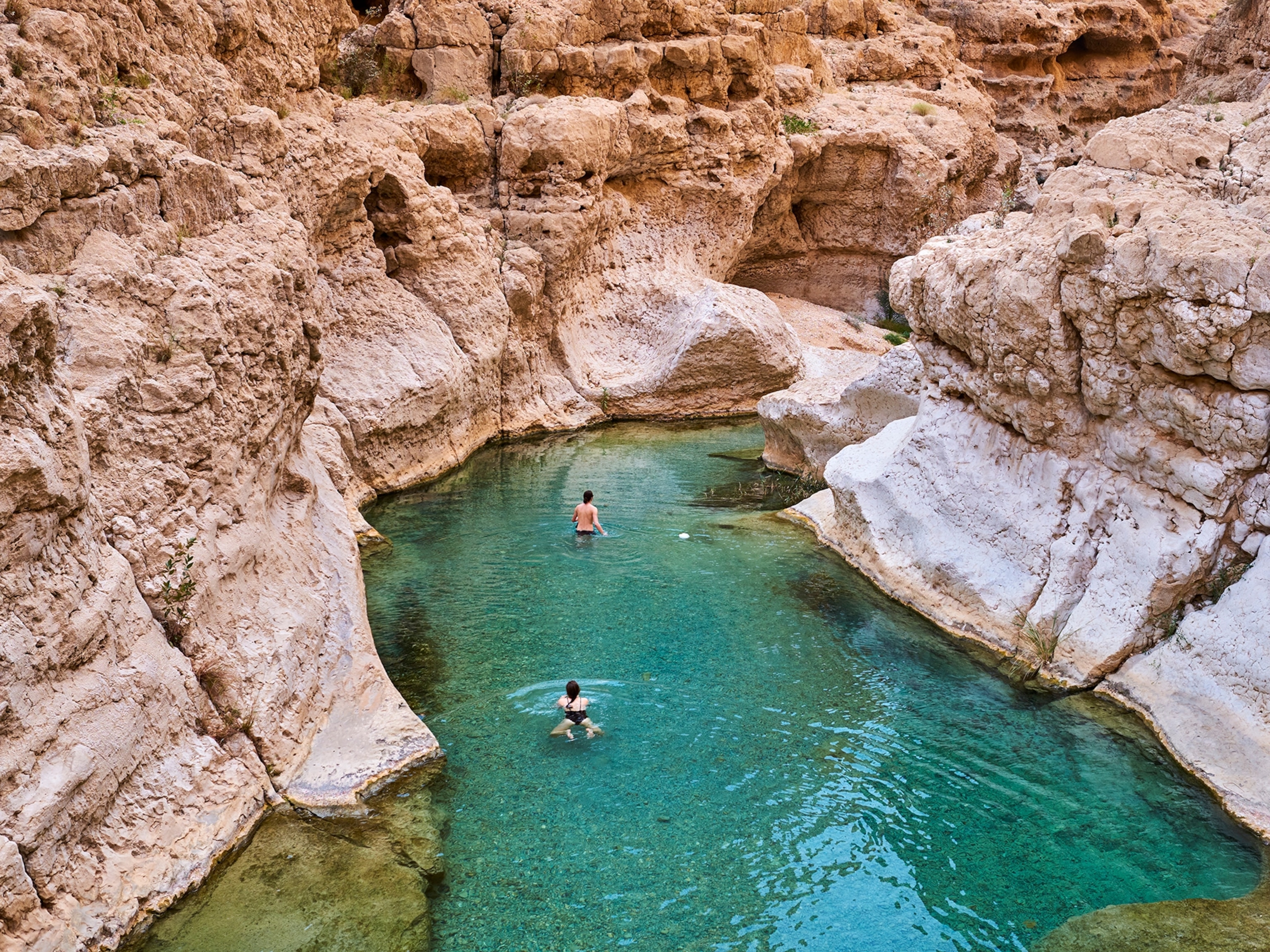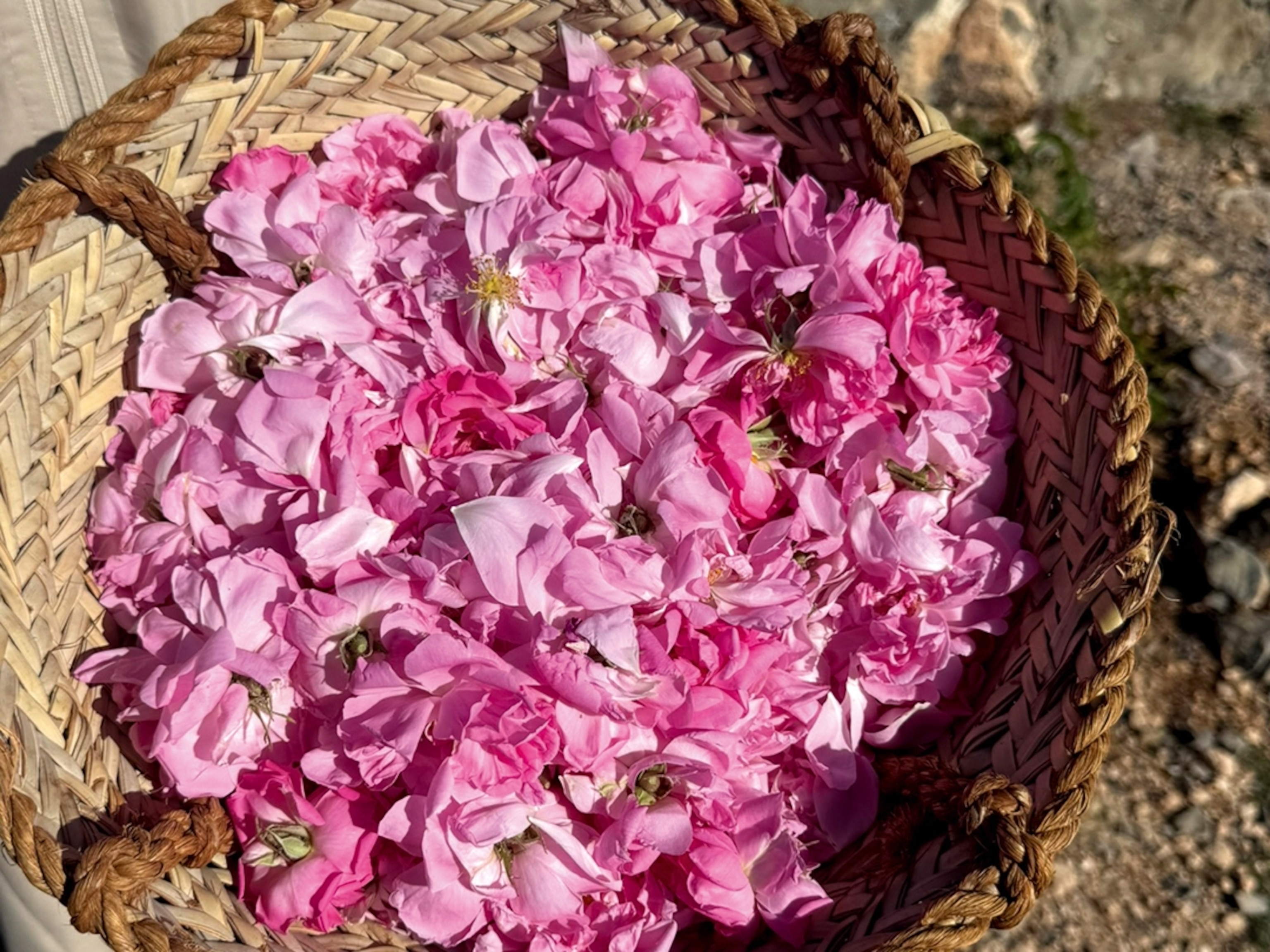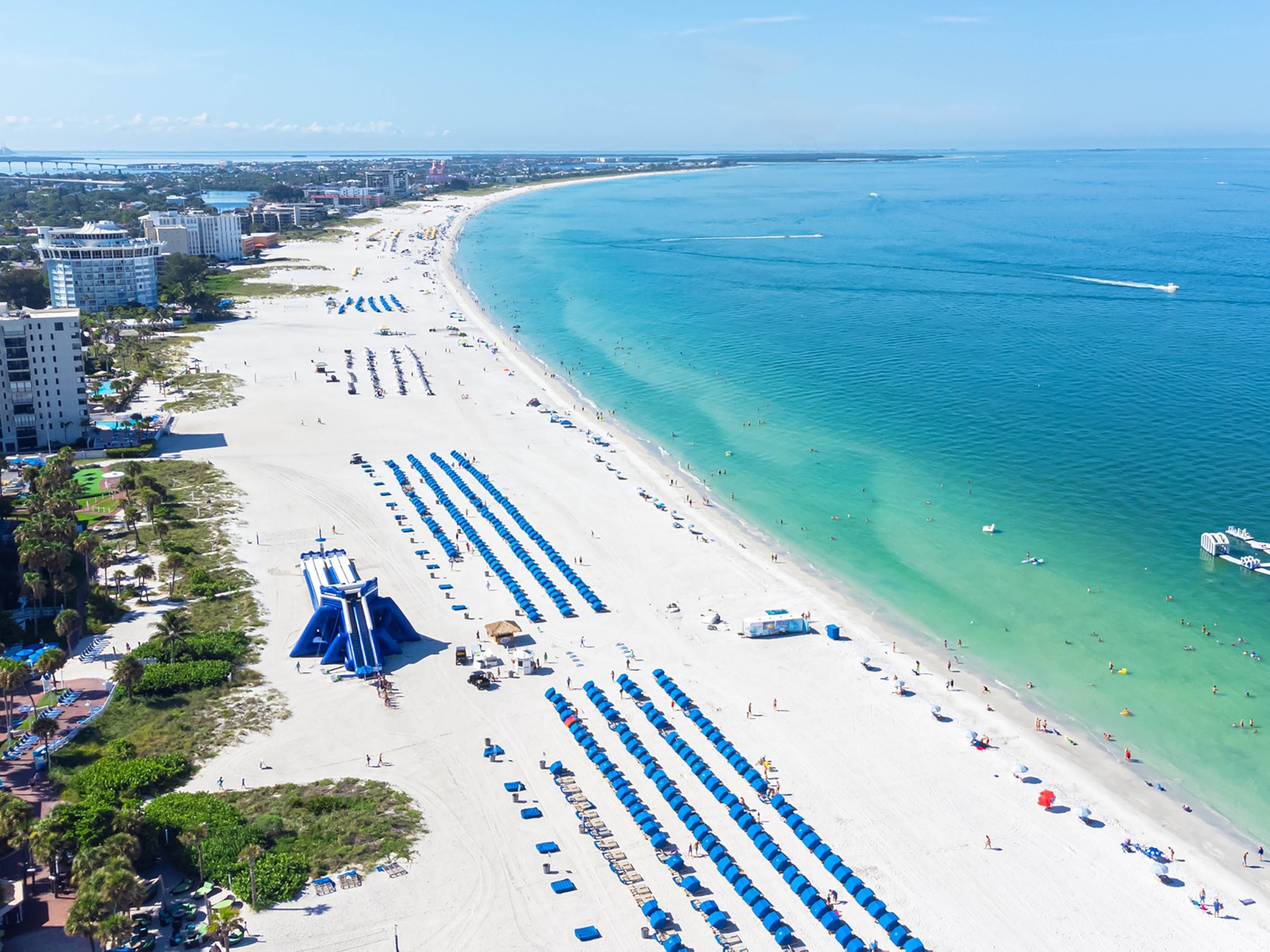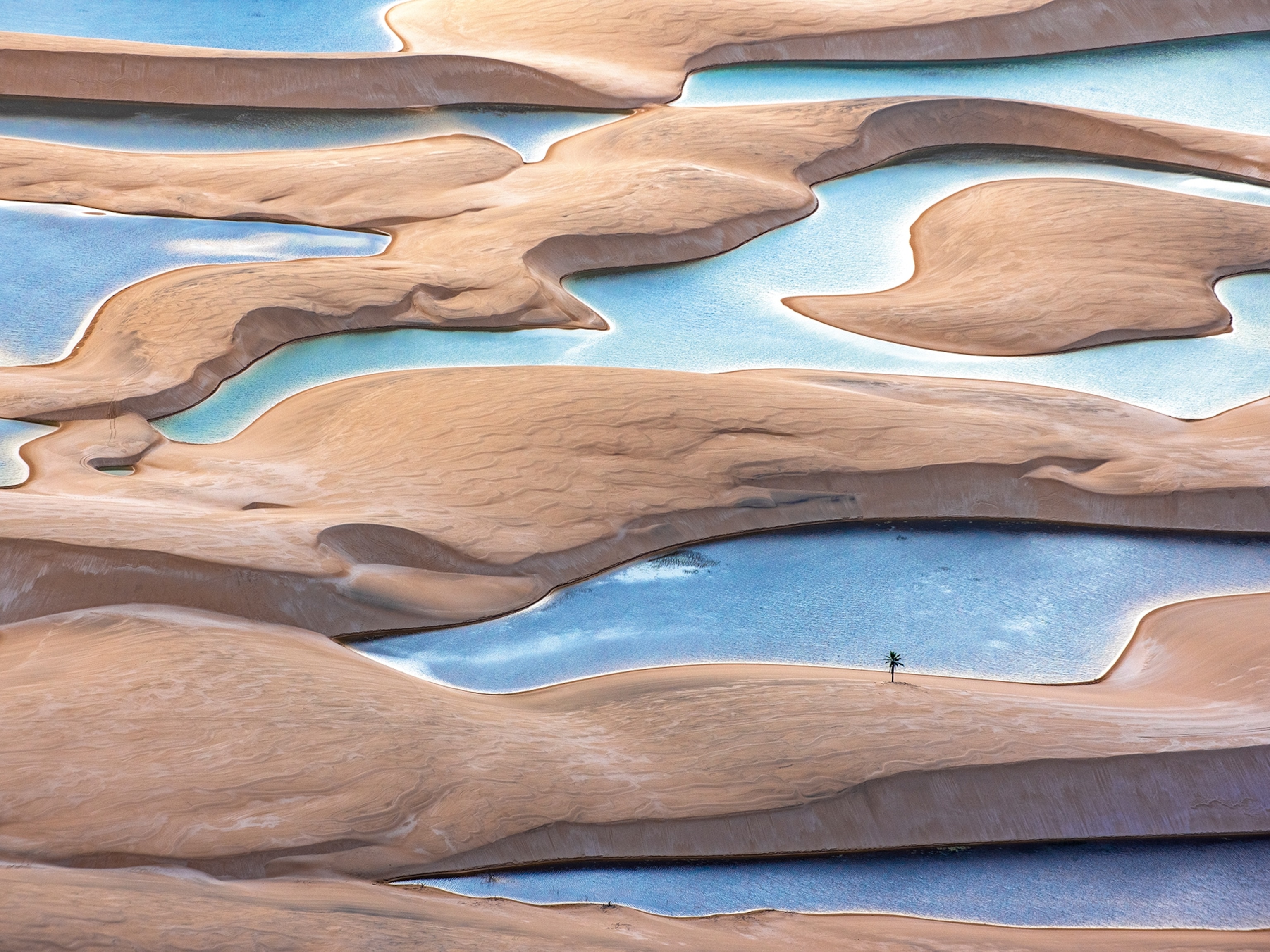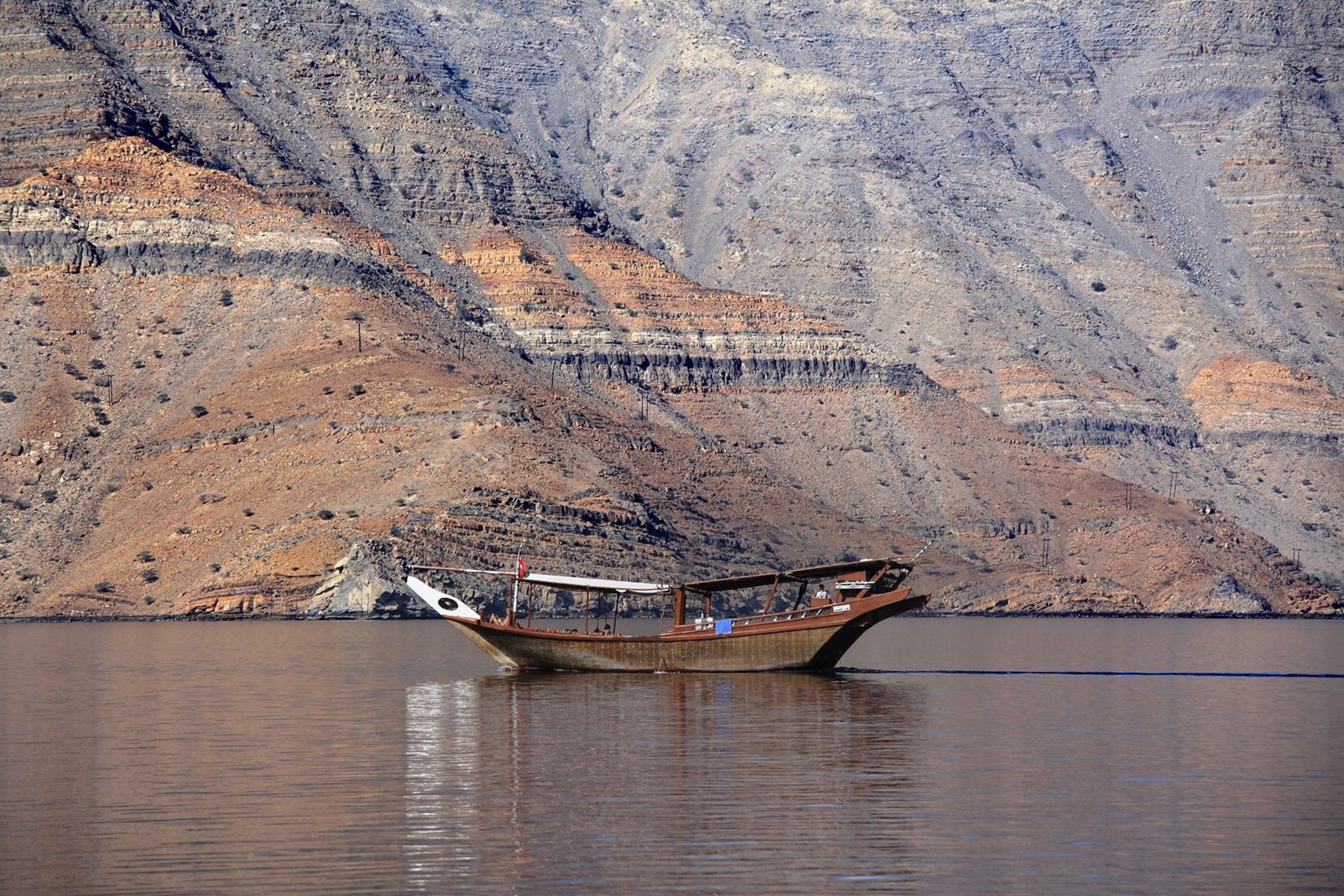
Coastal wonders: The best of Oman’s beaches
Desert terrain juxtaposes with azure ocean to jaw-dropping effect in Oman. We round up five of the most beautiful beach spots.
While Oman is known for frankincense or ‘desert tears,’ the country is also home to some of the Middle East’s best diving spots and beaches, with the opportunity to see hatching turtles, migrating birds, dolphins and even humpback whales. Perhaps the pinnacle of its coastal wonders is the Musandam Peninsula, separated from the rest of the country by the United Arab Emirates and the Gulf of Oman — it’s an extraordinary place for snorkelling, dolphin-watching and just admiring the breathtaking natural beauty.
Musandam Fjords and Telegraph Island
There’s a reason why Oman is known as the Norway of Arabia – the fjords of Musandam are just as spectacular as the narrow Norwegian ocean inlets that give the term its name. But there’s something about the contrast of desert-red rocks against the turquoise waters of the Musandam Peninsula that make Oman’s fjords even more magical. The best way to experience them is via a wooden dhow cruise (a traditional Omani boat) ; snorkel in the pristine waters and visit the historic Telegraph Island, once home to a British telegraph station.
Dhow Khasab Tours runs half-day, full-day and overnight cruises departing from Khasab.
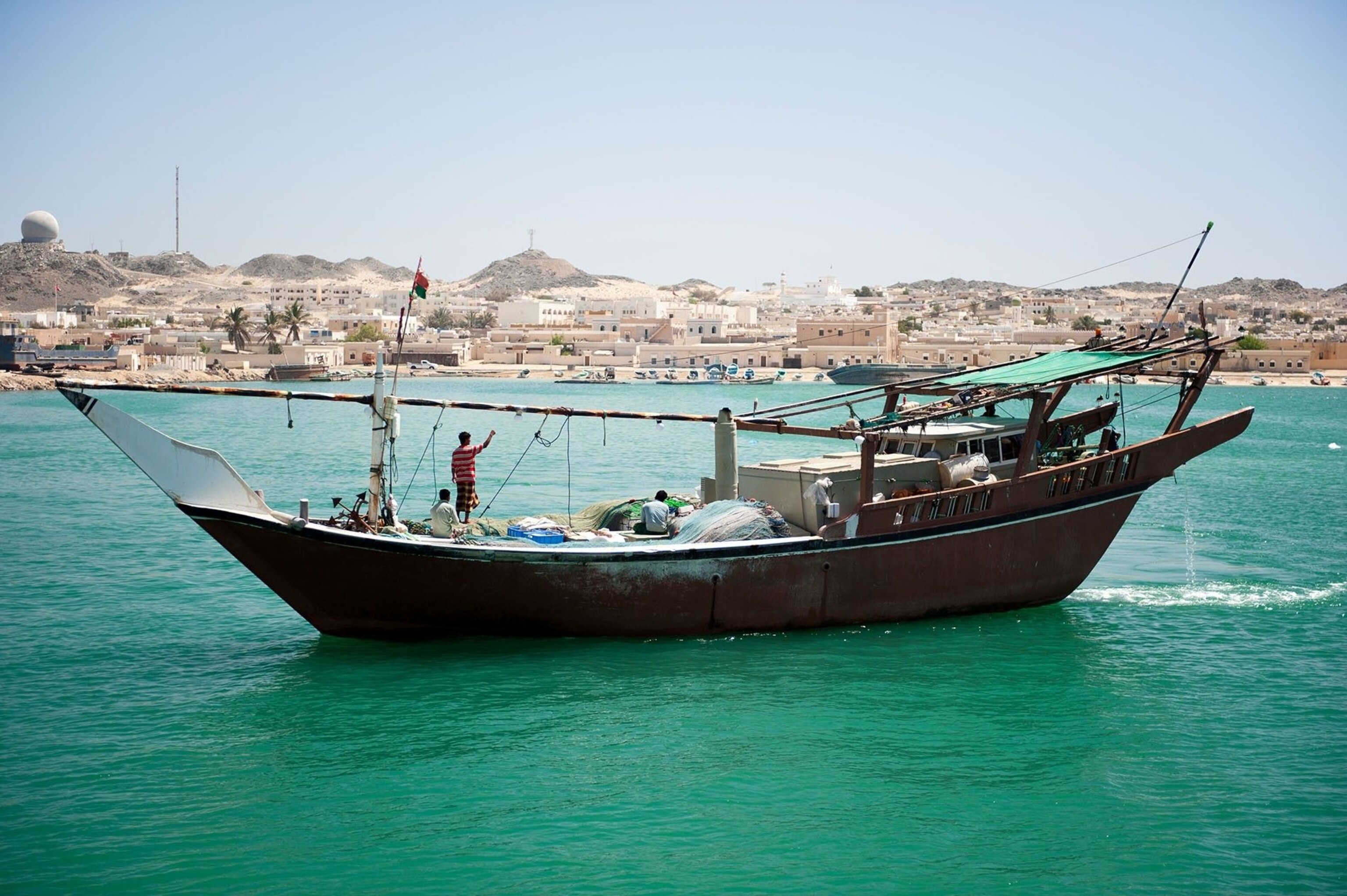
Masirah Island
Located just under 10 miles off Oman’s southeast coast in the Arabian Sea, Masirah is the country’s largest island and a great place for a luxury stay. Between April and August, turtles migrate to Masirah’s beaches to lay their eggs, and as the home of the world’s biggest loggerhead population, this is a prime spot to observe hatching season. Birdwatching is another key activity on the island, which is a magnet for migratory and local birds including oystercatchers and crab plovers. Masirah is also a kitesurfer’s haven.
Ferries from Shannah, a five-hour drive from Muscat, start from 7.2 Omani rials (£15) return. Double rooms at the Masira Island Resort start from 60 Omani rials (£130).
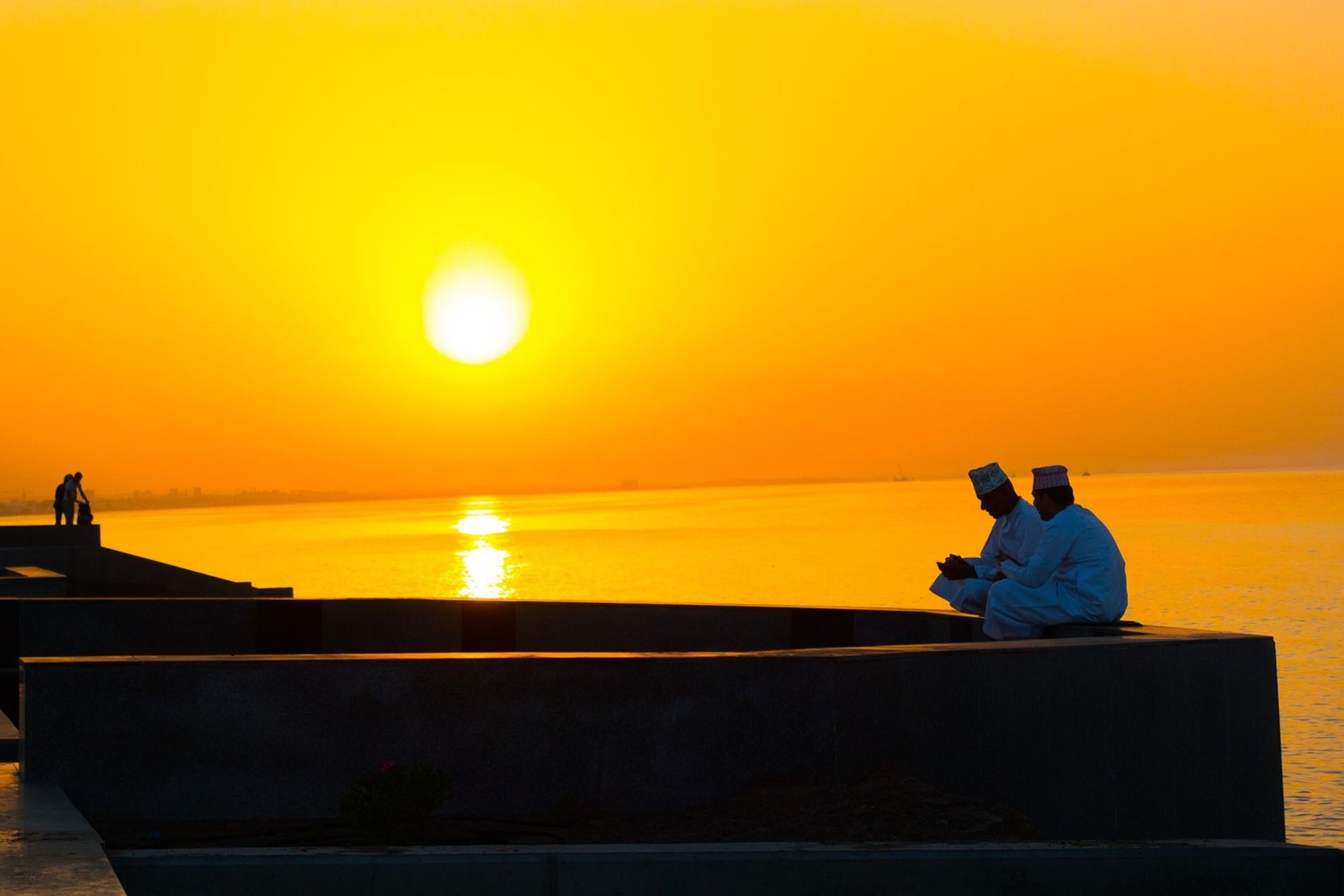
Al Qurum
Those who don’t want to stray far from the capital won’t be disappointed with Al Qurum, Oman’s best-loved city beach. Spread out over two and a half miles, it’s in the heart of Muscat and has an abundance of good-quality shops, restaurants and hotels, as well as a Royal Opera House. Its popularity, however, doesn’t mean it’s been spoilt — Al Qurum is clean and well-maintained, its wide stretch of sand flanked by palms and walkways. There are plenty of opportunities for relaxing, swimming, long walks and even a spot of beach volleyball. Away from private hotel beaches, modest clothing is advised.
Rooms at the InterContinental Muscat start from 45 Omani rials (£96) a night.
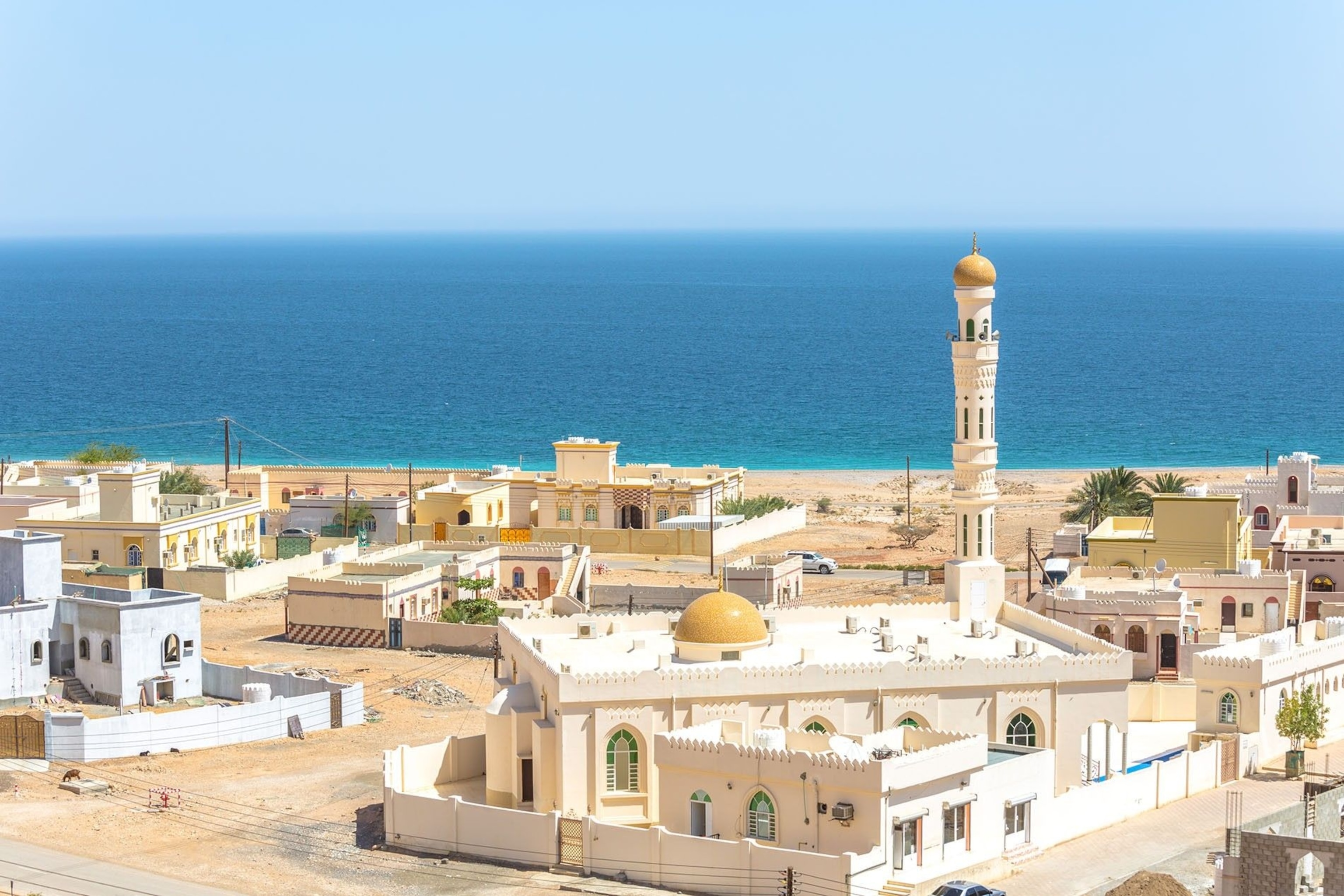
Tiwi Beach
A small fishing village north of the port city of Sur, Tiwi is flanked by two of Oman’s most popular wadis or canyons, both perfect for trekking. Wadi Shab and Wadi Tiwi are must-see attractions combining narrow turquoise waters with steep sandstone cliffs. Tiwi Beach itself is more pebbly than sandy, but it’s a perfect place for a cool dip in the clear blue waters, or long walks to admire the otherworldly rock formations. There’s little infrastructure here, but the beach is quiet and unspoilt.
Tiwi is a 90-minute drive from Muscat via Route 17 and car hire is advised as public transport is scarce.
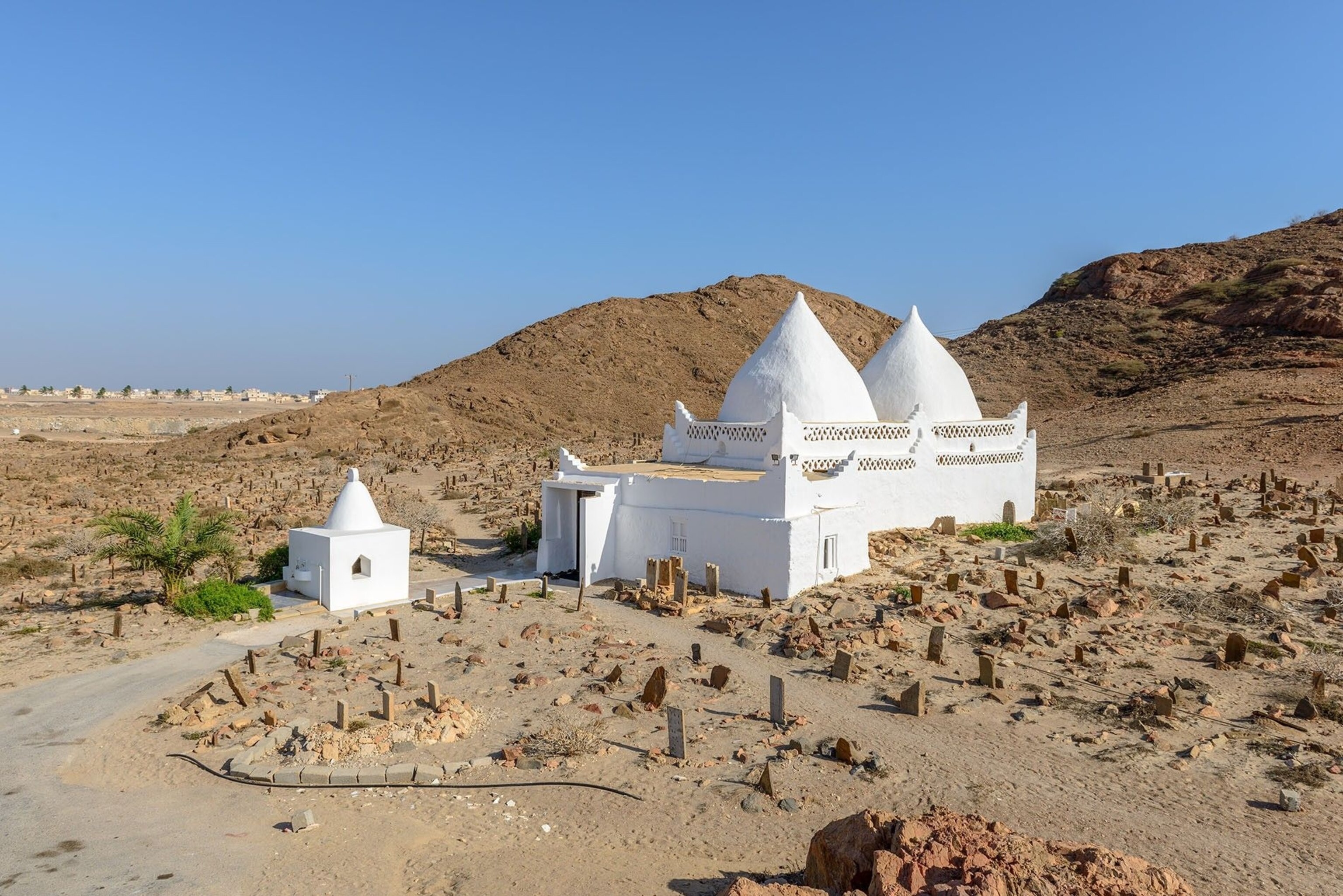
Mirbat
While the Daymaniyat Islands off the coast of Muscat are ideal for snorkelling and turtle-spotting, serious divers should head off the beaten track to Mirbat to see humpback whales and dolphins. Located on the southwest coast in the Dhofar Governorate, Mirbat’s waters have better visibility than around Muscat and Musandam, and divers can see lobsters, rays, octopuses, whales and orcas. During dolphin season, snorkel tours offer a unique chance to share the sea with these playful mammals. Nearby Mirbat Castle is also worth a visit.
Extra Divers in Mirbat offers diving trips from 25 Omani rials (£53).
Follow National Geographic Traveller (UK) on social media
Twitter | Facebook | Instagram | Flipboard
